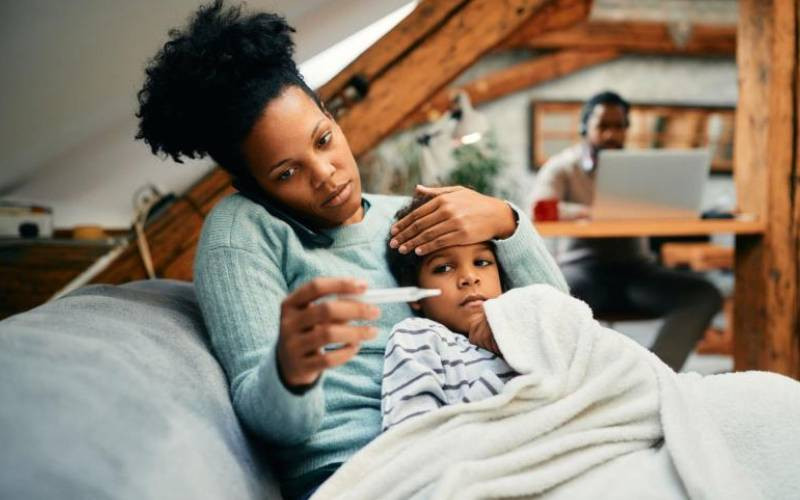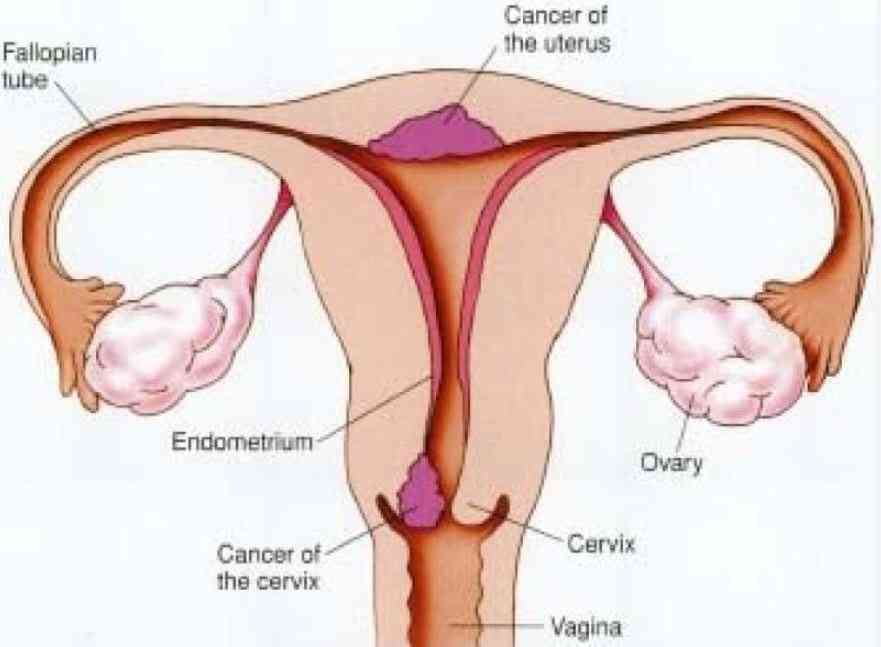
Pneumonia is the leading cause of death among children in Kenya, with Kericho, Kisumu and West Pokot counties bearing the highest burden, according to data from the Ministry of Health.
The disease accounts for 15 per cent of all mortalities in children in the country, followed by diarrhoea, malaria, HIV and other Non-Communicable Diseases (NCDs).
Dr Evans Amukoye, a Paediatric pulmonologist at Kenya Medical Research Institute (KEMRI) explains that pneumonia is a form of an acute respiratory infection that affects the lungs resulting from bacteria, viruses, or fungus organisms.
The disease, he says, affects all ages but is more risky in vulnerable groups, namely children, the elderly, and people with pre-existing medicalconditions.
"Once an individual contracts pneumonia, the tiny air sacs inside the lungs are filled with fluid or pus that leads to a cough, chest pain, and breathing difficulties," says Dr Amukoye.
Symptoms of the disease are similar to cold and flu, more so cough and difficulty in breathing. In some patients, the disease presents with chest pain, a fast heartbeat, fatigue, loss of appetite, nausea and vomiting, and confusion, especially among elderly patients.
According to World Health Organization (WHO), Pneumonia is the single largest infectious cause of death in children under 5 years worldwide, accounting for over 2.5 million death annually.
Even with deaths, there are vaccines available to prevent the main causes of pneumonia in children and adults. Examples include the pneumococcal conjugate vaccine (PCV), the Haemophilus influenzae type B (Hib) vaccine, and the influenza vaccine.
- Kenya's delayed global fund pledge threatens treatment of HIV, malaria and TB
- Epidemic in slow motion: Experts sound alarm over rise in NCDs deaths
- You love chips-kuku? Well, the government is coming for you
- Majority of Kenyans suffering from undetected diseases, experts warn
Keep Reading
Further, the disease can be treated after the diagnosis depending on the type and stage of itsseverity.
"When a diagnosis shows that a patient's oxygen level is low, then that can be quite dangerous," Dr Amukoye says adding that there are three types of pneumonia based on their cause; bacterial, viral, and fungal.
During treatment, the prescription is administered depending on the type of pneumonia ailing a patient; antibiotics for bacterial pneumonia, antiviral for the viral type, and antifungal medication for fungal pneumonia.
"It is worrying that patients seek treatment of pneumonia in a dire state because when the disease presents at earlier stages, they buy medicine from chemists. The over-the-counter medication also contributes to drug resistance leading to further health complications like tuberculosis" explains Dr Amukoye.
The main risk factors for the disease include air pollution, lack of access to water for hand hygiene, and low temperatures. In children, malnutrition, smoking, exposure to passive smoking, and low birth weight can also cause pneumonia.
 The Standard Group Plc is a multi-media organization with investments in media
platforms spanning newspaper print
operations, television, radio broadcasting, digital and online services. The
Standard Group is recognized as a
leading multi-media house in Kenya with a key influence in matters of national
and international interest.
The Standard Group Plc is a multi-media organization with investments in media
platforms spanning newspaper print
operations, television, radio broadcasting, digital and online services. The
Standard Group is recognized as a
leading multi-media house in Kenya with a key influence in matters of national
and international interest.











